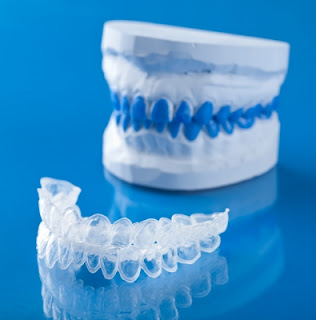Everyone loves a dazzling smile. That's why so many of us reach for the tooth whiteners when our teeth start to look yellow.
Common foods and drinks -- such as coffee, red wine, and berries -- and, of course, smoking, cause teeth to stain and lose their brightness. The effects are often exaggerated as we age, says Mark Wolff, DDS, professor at NYU College of Dentistry. Wear and tear creates etchings on the tooth surface, "making teeth more susceptible to stains," he says. That's why you might notice that foods you've been eating for years discolor your teeth more these days.
Professional Tooth Whiteners
Teeth whiteners, sold by dentists and drugstores, use a form of peroxide (hydrogen and carbamide are the most common) of varying strengths to oxidize or eat away the tooth's color particles to brighten smiles. The concentration of peroxide in store-bought kits ranges from 3% to 10%; in professional-grade whiteners (available in your dentist's office), it runs as high as 40%.
Professional whiteners are generally more effective than those sold over the counter, but not just because the concentration of peroxide used is higher. Wolff says that whitening trays made by dentists are molded especially for your mouth, keeping bleaching solutions in close contact with the tooth's surface. This enhances the whitening effect and increases safety by minimizing the amount of peroxide that contacts the gums or is swallowed.
The personalized fit will cost you. Professional whitening systems range from $400 to $800, compared with $25 to $100 for products you buy in the store.
The Woodlands Dentist
To read the article in full, Dr. Dernick recommends going to Web MD: http://www.webmd.com/oral-health/features/tooth-whiteners
Robert G. Dernick, DDS
1001 Medical Plaza Drive Suite 300
The Woodlands, TX 77380
The Woodlands, TX 77380
281-367-3900




